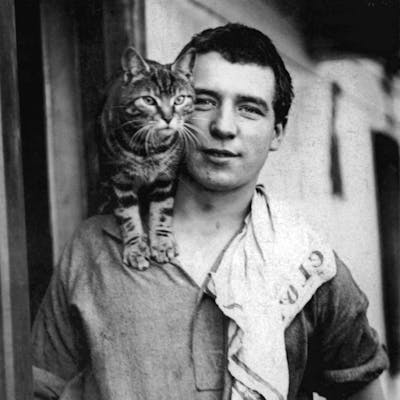
Mrs Chippy - the faithful cat that sailed with Shackleton
Mrs Chippy was the ship's cat that accompanied explorer Sir Ernest Shackleton's ill-fated attempt to make the first land crossing of the Antarctic continent in 1914–1917.
We love cats in Britain. Read about the distinctive Manx cat, a couple of expeditionary cats, the traditional theatre cat, and a couple of wilder cousins.

Mrs Chippy was the ship's cat that accompanied explorer Sir Ernest Shackleton's ill-fated attempt to make the first land crossing of the Antarctic continent in 1914–1917.
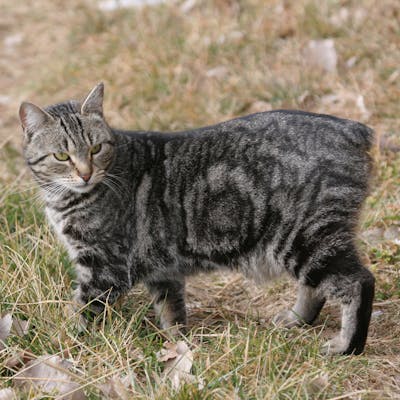
Though the British Isles has produced many dog breeds, we seem less well-known for breeds of cats. However, there are several distinctively British cat types. One of the best known is the Manx Cat.

British theatres revere the tradition of the theatre cat - though now a disappearing one. As rather unusual workplaces, in use for much longer hours during the week than most offices, there has often been provision of residential quarters for the theatre manager. They have frequently been accompanied by a resident feline, charged with keeping the mouse population down.
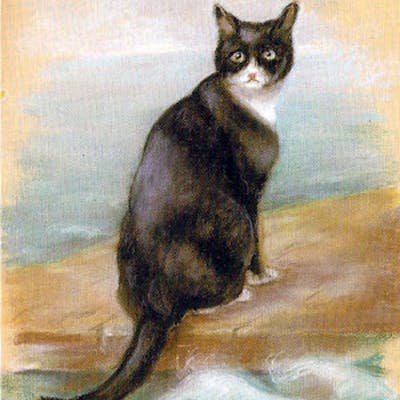
Unsinkable Sam (also known as Oskar or Oscar) is the nickname of a ship's cat who purportedly served during World War II with both the Kriegsmarine and the Royal Navy and survived the sinking of three ships.
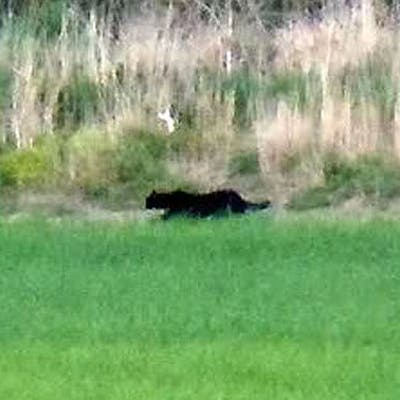
The moors of the British Isles have long been associated with spectral creatures and monsters - most famously the haunting Black Dogs that are said to prowl there. Cornwall's remote Bodmin Moor hosts a more recent mythic beast - a reputed fearsome giant cat that stalks this rocky landscape.
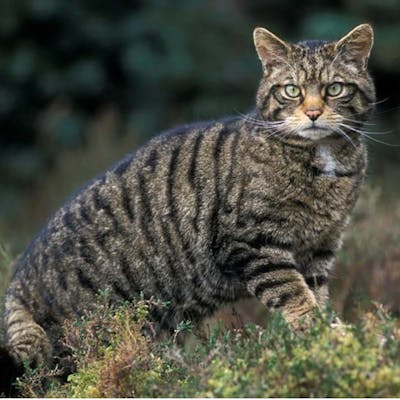
The Scottish wildcat clings on as a small enclave of the European wildcat species in Scotland. They are listed as Critically Endangered in the United Kingdom – with only 400 cats estimated to meet the genetic and morphological criteria of a wildcat, rather than a domestic cat.